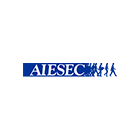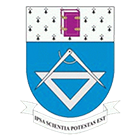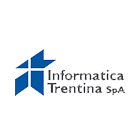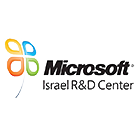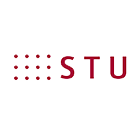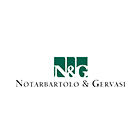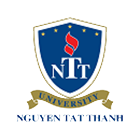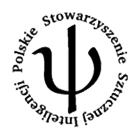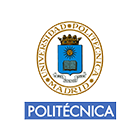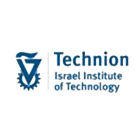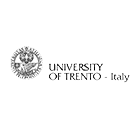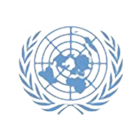Dr. Milos Tesanovic (Samsung)

BIO
Dr Milos Tesanovic is a Principal 5G Researcher within the Standards & Industry Affairs division of Samsung Electronics R&D Institute UK (SRUK). He is currently co-ordinating collaborative 5G-PPP / H2020 European R&D activities and conducting research into next generation mobile systems (5G). His key research focus includes mmWave communications, spectrum sharing, air interface design, emerging systems architecture, IoT, and standards and regulatory aspects. Milos obtained his PhD in 2008 from the University of Bristol, UK, for his work on robust wireless transmission of video over MIMO systems. Following his PhD he spent three years as a 3GPP standards delegate working on LTE and LTE-Advanced standardisation, conducting pre-standards research and actively contributing to PHY and MAC standardisation. He has filed more than 35 patents / patent applications, and published numerous refereed journal and international conference papers. Milos was an invited speaker at the IoT Forum 2012, and a panellist at IEEE Globecom ’12 M2M Workshop, as well as co-organiser of the IEEE ISWCS ’14 Workshop on low-EMF networking, and has served on TPCs of numerous flagship conferences in the area of wireless communications.
ABSTRACT
‘5G Network Architecture Challenges - Towards Distributed, Flat, Heterogeneous Systems of the Future’
While consensus on 5G enabling technologies and frequency allocations is still some time away, it is becoming clear from numerous and comprehensive use-case discussions that 5G will - unlike any generation of mobile systems that preceded it - be about people-centric, prevent / detect technologies, immersive multimedia, smart sensors and open platforms. This talk will present some existing agreements on what makes 5G - the various use-cases and KPIs being proposed, and how they translate into requirements for network systems design. More specifically, we will examine: the need for a distributed and flat architecture; the fact that the future environment will very likely be multi-RAT; the issue of spectrum sharing between access, fronthaul and backhaul; as well as the ultra-dense deployments required. We will then discuss the impact of these requirements on current research trends and outline the current and emerging solutions being proposed. We will also look at the role of standards bodies in ensuring the 2020 target is met, and more specifically examine the 3GPP timelines.
Dr. Josep Mangues, CTTC

BIO
Josep Mangues-Bafalluy received the PhD degree in Telecommunications in 2003 from the Technical University of Catalonia (UPC). He is Senior Researcher and Head of the Communication Networks Division of the Centre Tecnològic de Telecomunicacions de Catalunya (CTTC), which is currently composed of 22 people working on optical networks and systems and mobile networks. Prior to that, he coordinated the activities of the IP Technologies Area of the CTTC since June 2003. Before joining CTTC, he worked as assistant professor at the Barcelona School of Informatics (FIB) of UPC, where he taught topics related with computer networking and computer architecture, as researcher in the Department of Computer Architecture and the Advanced Broadband Communications Center (CCABA) of UPC, and as programmer in a software development SME.
He has participated in several EU, Spanish, and industrial research projects, such as XHAUL, Flex5Gware, SANSA (H2020), BeFEMTO, COMBO (FP7) and others in previous framework programs. He has also participated, among others, in the research projects 5GNORM, SYMBIOSIS, ARTICO, DISTORSION, and EXTREME Testbed®, and industrial SCALE (Aviat Networks), DESSERT (Cisco), Freedom (Orange). A number of these projects were led by him. He has also taken part in several TPCs of conferences such as Globecom, PIMRC, WOWMOM, Broadnets, and acted in various roles in other conferences (panel organizer, financial chair, advisory committee, publicity chair, vice-chair). He has also refereed research projects and participated in expert groups of various European platforms (e.g., networkld2020). In addition to in academia, he has also given talks in various industrial events (e.g., LTE World Summit, Small Cells World Summit). His research interest areas include software-defined networks (SDN) and Network Functions Virtualization (NFV) applied to mobile networks as well as how they can self-organize.
ABSTRACT
‘Programmable Mobile Networks: Why? What? How? ’
The increasing complexity of mobile networks combined with the higher user expectations and cost pressure are making operators (and the industry around them) look for ways to streamline the construction and operation of their networks. As a consequence, recent years have witnessed several changes that have profound implications in the way networks are designed and deployed. These new principles combine features from cloud computing, traditional data networking, and mobile networks, which have hitherto emphasized different aspects and are now converging. In turn, the networking industry is mutating into a software-centric one, with all the philosophical implications this brings. As part of that transformation, some key open source projects are playing a starring role in this new programmable networking world. All above players take part, and even lead, some of them so as to take privileged positions in this new quest for networking gold. The talk will describe the motivation, main design principles, and implications of the transformational change the networking field is experiencing.









